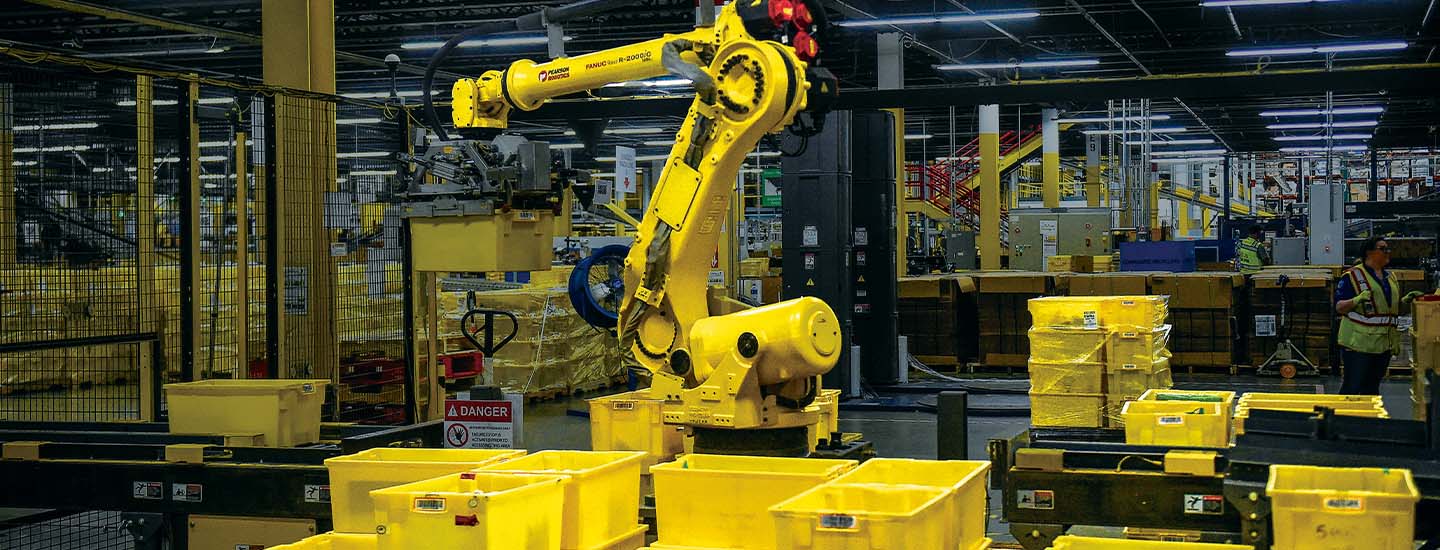For the past several years, Sophia has been making high-profile appearances around the globe. She has chatted with the hosts of a TV talk show in London, spoken at a meeting at the United Nations in New York City, and graced the cover of fashion magazines in India and Brazil. At the same time, she has been learning new skills in health care, education, and customer service while posting regularly on Twitter and Instagram.
How does she manage to do it all? The answer is simple: Sophia isn’t a human—she’s a robot programmed with artificial intelligence (AI). That is the ability of a machine to think, learn, and act like a human. Developed by a company in Asia, Sophia is a prototype for the kind of bots we’ll likely see more of in the future—and that some people fear will eventually put millions of humans out of work.
Sophia has been making high-profile appearances around the globe for the past several years. She has chatted with the hosts of a TV talk show in London. She has spoken at a meeting at the United Nations in New York City and graced the cover of fashion magazines in India and Brazil. At the same time, she has been learning new skills in health care, education, and customer service. She has posted regularly on Twitter and Instagram.
How does she manage to do it all? The answer is simple. Sophia is not a human. She is a robot programmed with artificial intelligence (AI). That is the ability of a machine to think, learn, and act like a human. Sophia was developed by a company in Asia. She is a prototype for the kind of bots we will likely see more of in the future. Some people fear such bots will eventually put millions of humans out of work.

